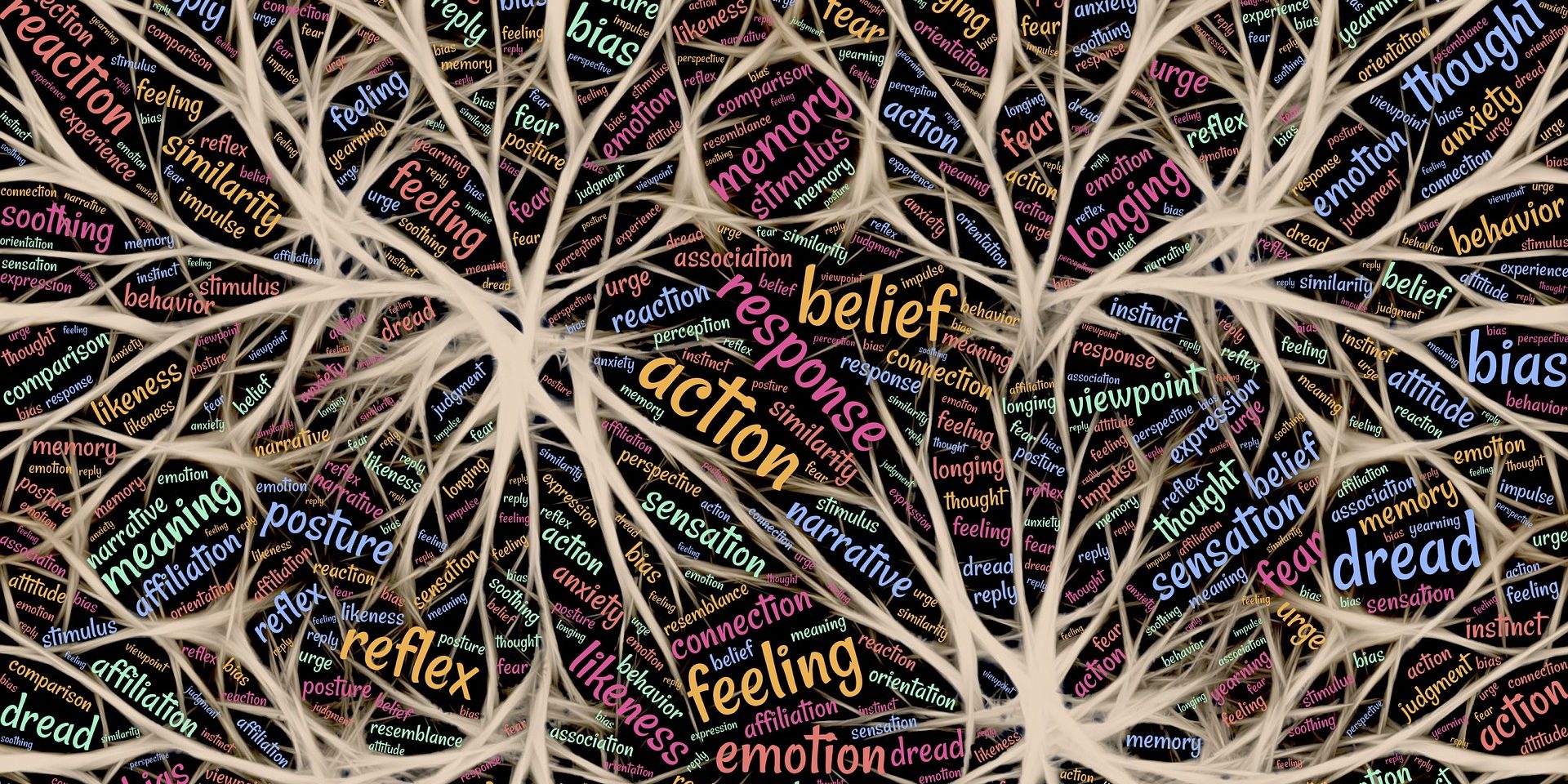To optimize our digital marketing spend, it is crucial to stay on top of the trends in digital marketing and regularly challenge our assumptions. Stephanie Smith, of the the HSMAI Marketing Advisory Board, led the discussion around this thought-provoking video 5 Tenets to Enhancing your 2022 Go-To-Market Strategies.
Short vs Long-Term Marketing Goals
Advisory board members shared how engaging stakeholders and managing expectations were key in reaching short-term and long-term marketing goals.
“The biggest challenge is we have a long-term vision and long-term goals,” one Advisory Board member said. “The trick for us is bringing our stakeholders and owners along for that ride. You really have to engage them in understanding and buying into long-term visions, or there is going to be too much pressure to abandon the plan. So, find ways to get them excited about the long-term vision and provide just enough short-term metrics and objectives so there’s a sense of progress while you’re on that longer-term journey.”
Another Advisory Board member agreed. “It’s about expectations management and being clear on what success looks like and what the performance is. Then, ask your stakeholders if they can stomach the long haul, whether it’s 90 days, 180 days, or a year. And, recognizing that some of the things that we do are a marathon, not a sprint.”
Digital Marketing or Digital Sales?
The group debated the distinction between marketing and digital sales. They reached an agreement on using different techniques in various stages of the customer journey. As one advisory board member stated, “Marketing can be different things at different times, whether it’s different times of the year, different parts of whatever phase of the strategy you’re in. Sometimes it is sales, sometimes it’s storytelling, sometimes it’s brand building, sometimes it’s to create demand, and sometimes it’s to win market share. It’s not so singular that it is something or it isn’t something. It can be different things at different times.”
Another advisory board member questioned, “I agree that [digital sales and marketing] relate to one another, but I think they fit in different phases of the customer journey. How do you evolve the mindset into each phase of the journey?”
Dark Social
Even though it isn’t a new term or concept, defining dark social was seen an important first step in attempting to track and educate staff on it. One advisory board member shared, “The most basic example [of dark social] is how you have seen something on social, you grab a link, or you grab an article, and then you text it to somebody or you send it into your Slack channels. That falls into dark social, and that happens all the time, but it’s completely nontrackable.”
In fact, during the discussion, several members mentioned statistics that around 85% of what happens on social media can’t be measured. Another advisory board member offered, “And, if we look at the trends of what’s happening in the landscape with departure of third-party cookies, this dark traffic is only going to grow. It’s only going to be more of a challenge, but it’s nothing new to our landscape. Look at your Google Analytics. As we move forward, there’s going to be a level of ambiguity that we’re all going to have to start to get comfortable with and develop language to address. It’s our dialogue that’s going to pivot essentially, and communication to the ownership group will have to evolve.”
Another likened it to word of mouth, “Essentially [dark social] is word of mouth, right? You can’t really track word of mouth either unless you send out a survey, how’d you hear about us?”
Building Community
The discussion transitioned seamlessly to how to capitalize on dark social to build community and amplify a brand. Some advisory board members had experience with internal content promotion, while others offered examples of external ambassadors.
One advisory board member shared, “There are advantages from a hotel talking about the market and the destination to help encourage those travelers to be interested in you. But it doesn’t necessarily have to be your own. I see a lot of benefits in finding others that are also doing those kinds of things and figuring out how to connect, engage, and partner. Even if you can’t measure it, it builds more word of mouth and gets more visitors and guests to your hotels.” “Brands are getting more into influencer marketing,” another advisory board member added. “Instead of paying these influencers off the bat, they’re turning the influencers into affiliate programs. This makes a lot of sense, especially if you’re a big brand where their affiliate codes can be used for every hotel and not just one, there’s more incentive for them to do it.”
*This article was originally published by HSMAI in August 2022

